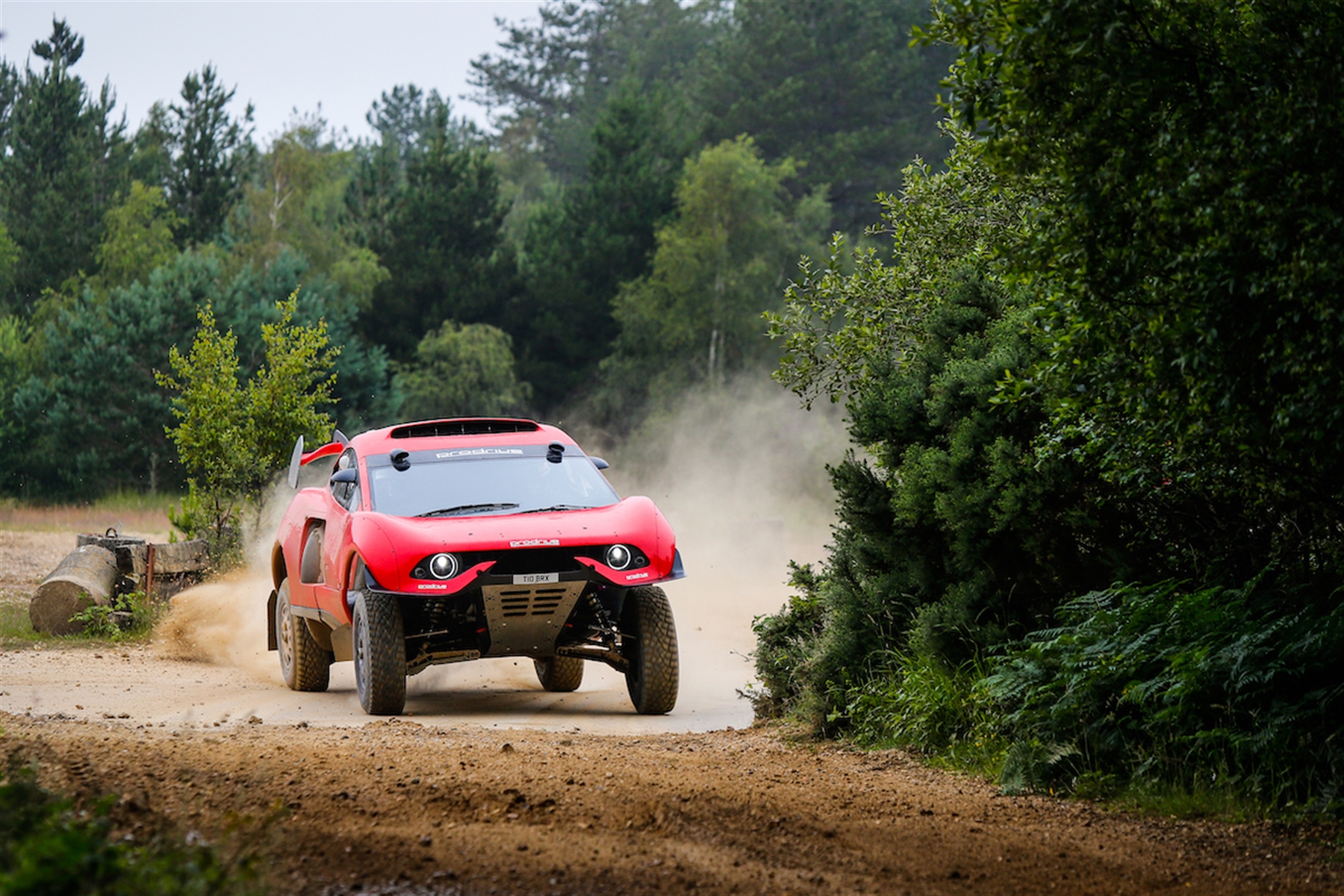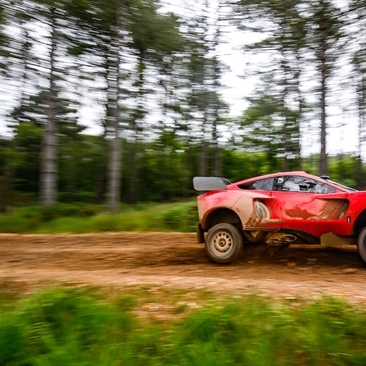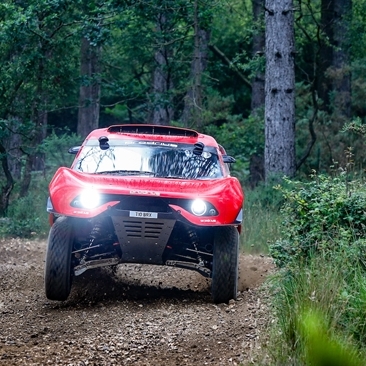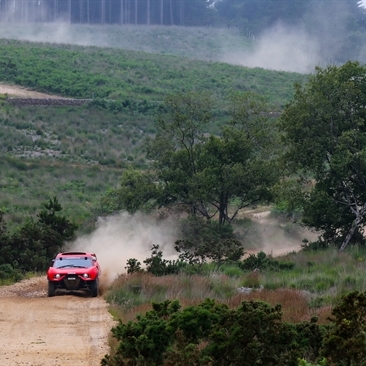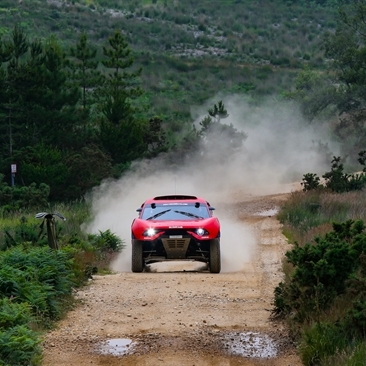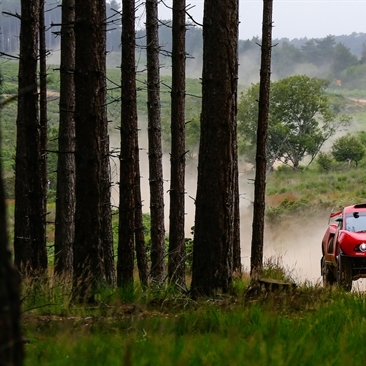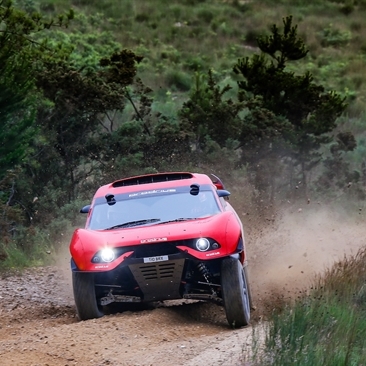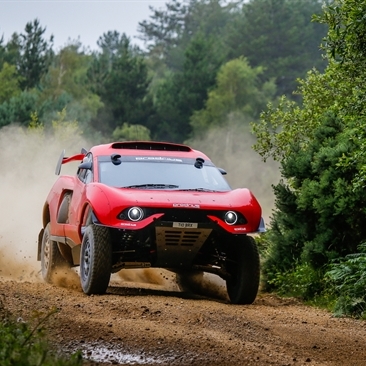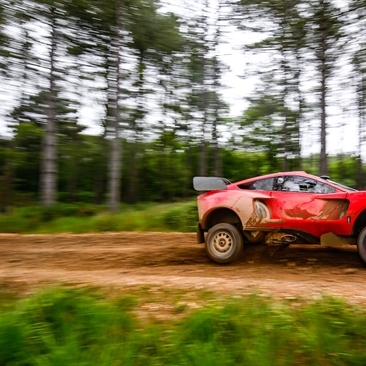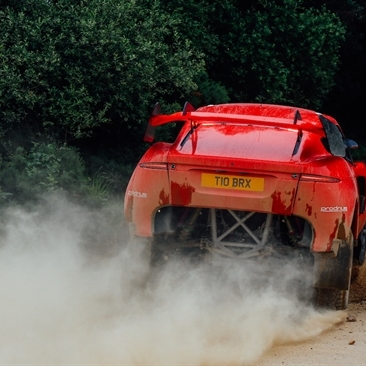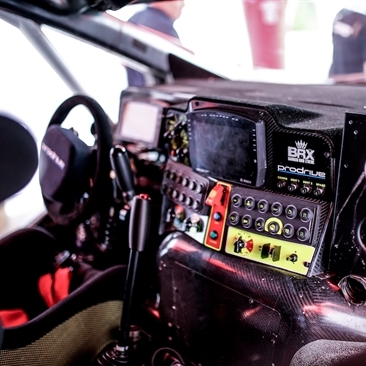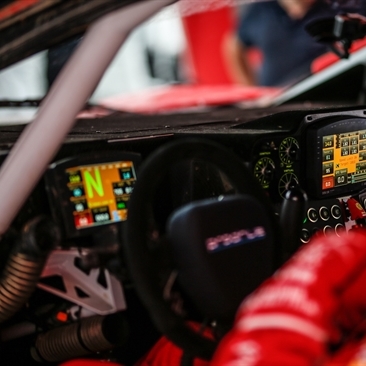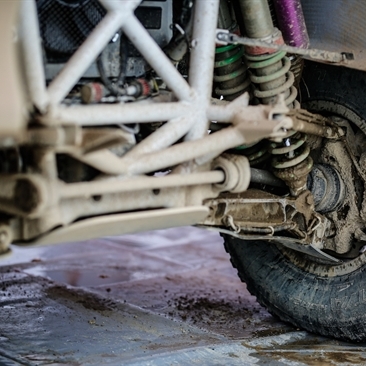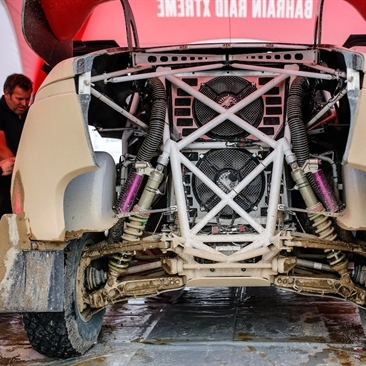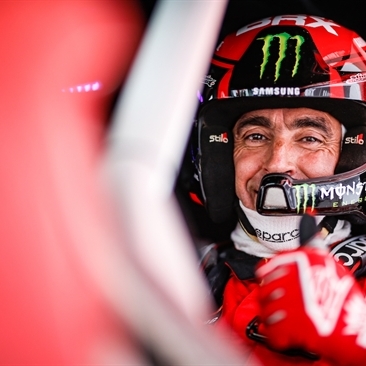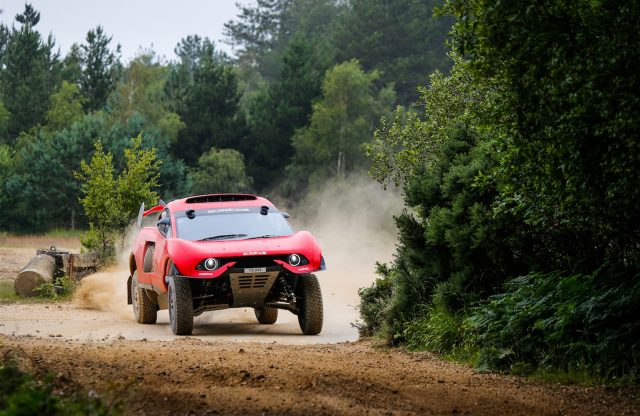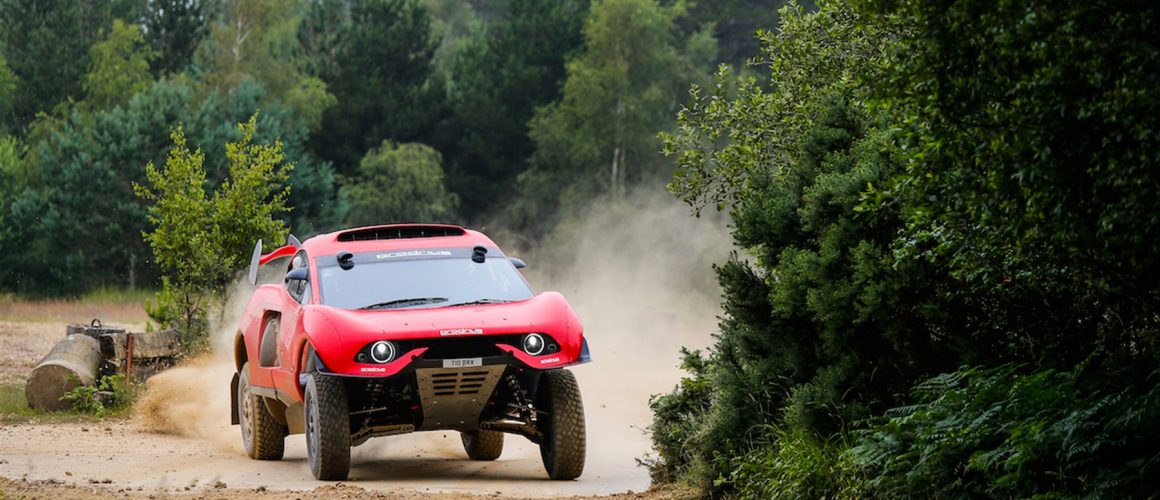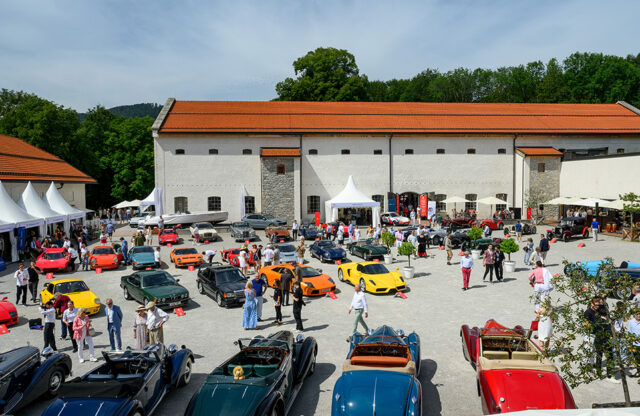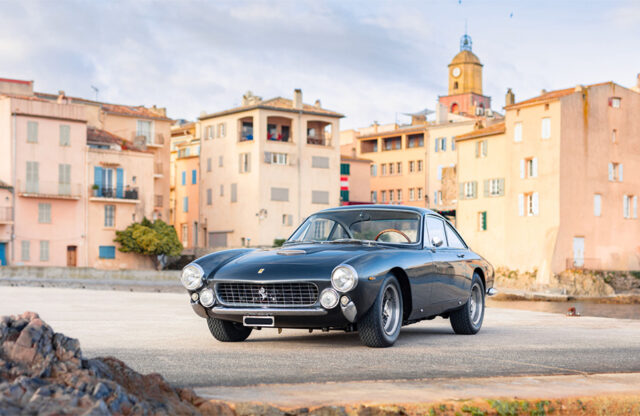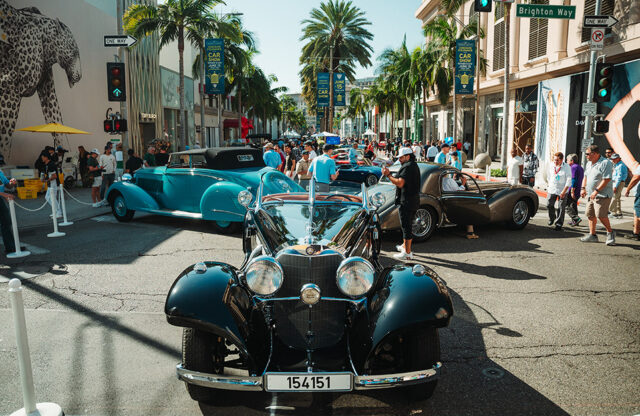Words: Jeremy Taylor | Photography: Prodrive
The Hunter is as far removed as is imaginable from its box-shaped family saloon namesake built by Hillman in the 1970s. Based on a Dakar Rally car and capable of covering vast distances across all terrains, Prodrive’s street-legal racer could just redefine the SUV sector.
Powered by a heavily modified Ford EcoBoost 3.5-litre V6 twin-turbo engine, the Hunter is the road-going sibling of the vehicle Nani Roma steered to fifth position in this year’s Dakar Rally. He has described the car – the brainchild of Prodrive founder and CEO David Richards – as “the Ferrari of the desert”.
Roma’s competition car is restricted to 400bhp and 516lb ft of torque to meet strict FIA regulations. However, the street version due early next year could be increased to 650bhp, with a massive 400mm of suspension travel – as well as the option of a 500-litre fuel tank for adventuring to the remotest corners of the planet.
Covid has delayed development of the road Hunter. but this week I squeezed behind the wheel of Roma’s rally car in Dorset. A full-blown racing machine with six-point safety harness, roll cage and associated paraphernalia, the vehicle is little different to the road version – as Prodrive technical driver David Lapworth explains.
“The road car will also be a two-seater, but 300mm wider with larger tyres and even more power. There will be no steps into the cabin, and the seats are not on adjustment sliders. If you can’t manoeuvre yourself in, then you probably shouldn’t be driving the car.”
Roma, who has won Dakar both on a motorbike and in a car, helps me into the carbonfibre passenger seat before a breakneck drive around the Army’s brutal tank tracks at Bovington Camp, in Dorset.
Based on a high-strength, tubular-steel chassis with carbonfibre bodywork designed by Ian Callum, the car’s engine is situated under the windscreen. A spare wheel is located in each rear flank, with another set forward under the bonnet.
Then it’s my turn. The short, stubby bonnet and low windscreen allow a better view of the terrain ahead, while a camera system is essential for any reversing. A SADEV six-speed sequential gearshift is far simpler to negotiate than I expected, while front, centre and rear differentials give the Hunter incredible traction.
On the narrow, tree-lined course I rarely change out of third gear, while the four-wheel-drive Hunter crashes down ruts and leaps over uneven surfaces with remarkable ease. I doubt I’m using 50 percent of the car’s capability as Roma urges me on faster.
Back at the makeshift pits, Richards is there to open my gullwing door. The Hunter is a relatively weighty 1850kg, but it handles more like a dune buggy than a conventional SUV – a fact he is keen to stress.
“There is a limited market for this type of machine, but we hope to build around 20 for customers around the world. Hunter won’t be the quietest, most sophisticated or smoothest-driving SUV, but it’s a car that you can take on the road, turn left into the dirt and then keep going for hundreds of miles.”
If you liked this, then why not subscribe to Magneto magazine today?
